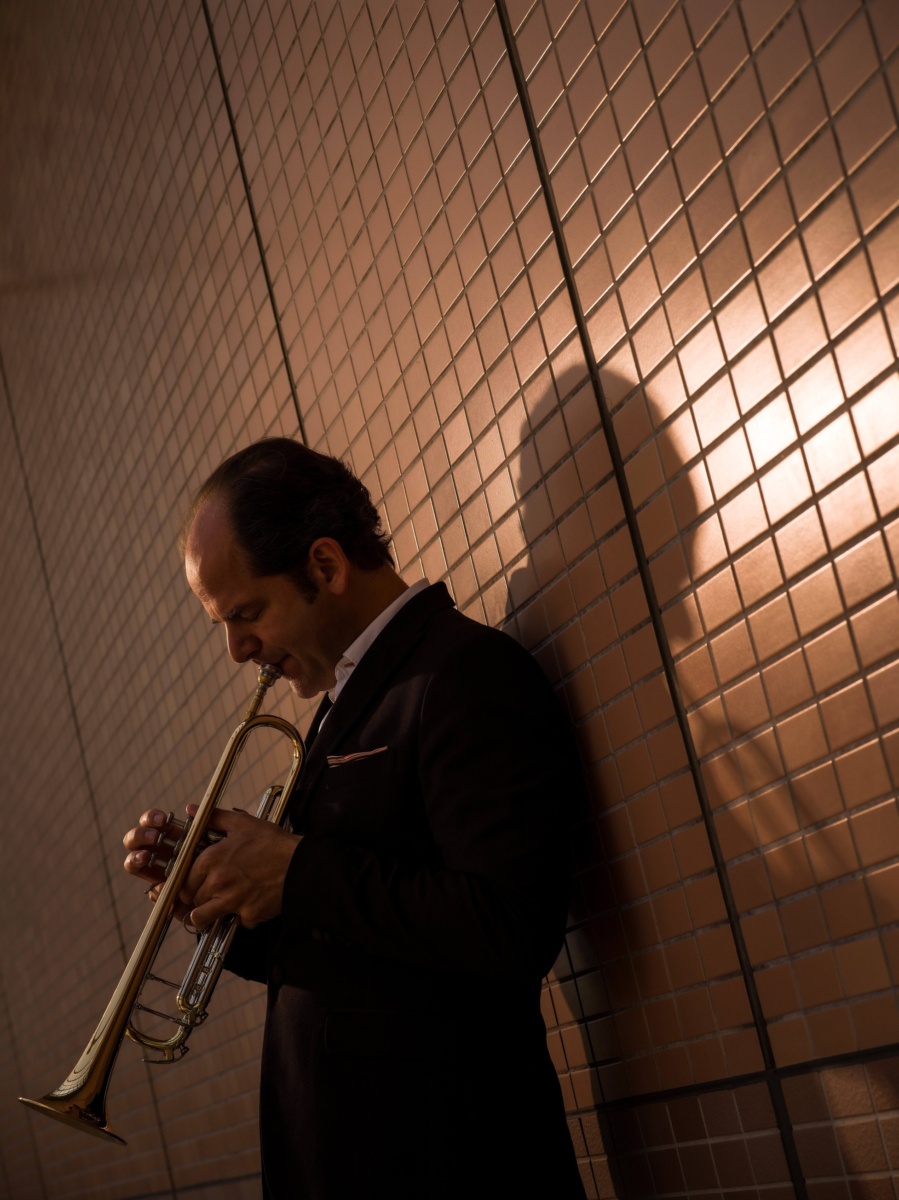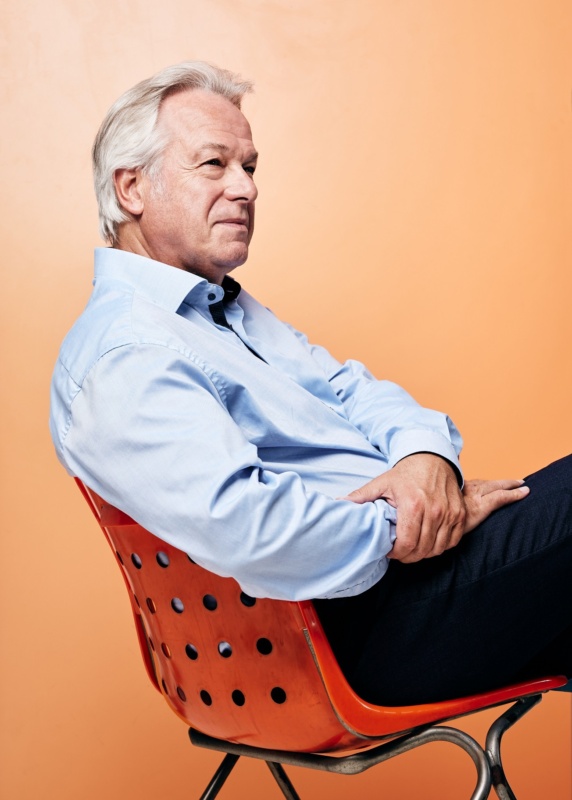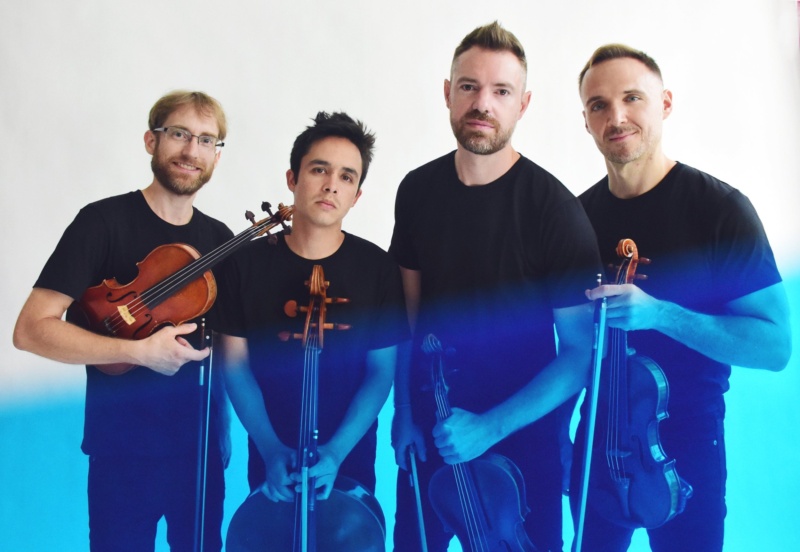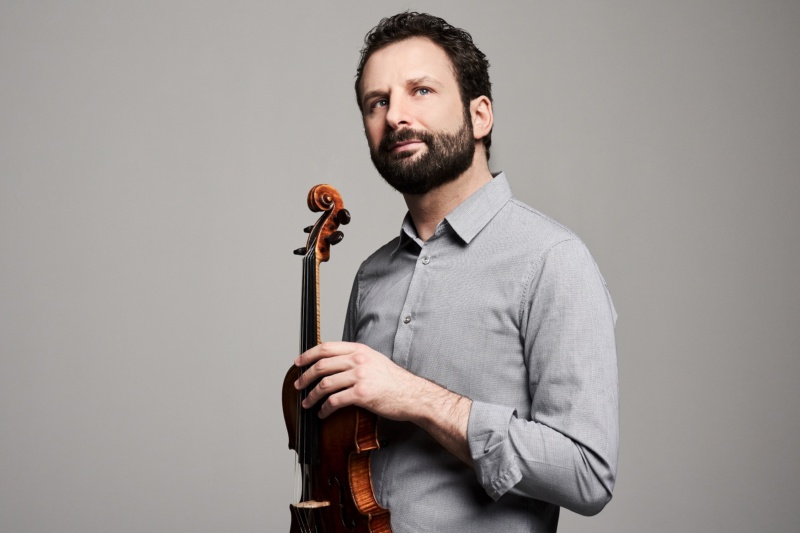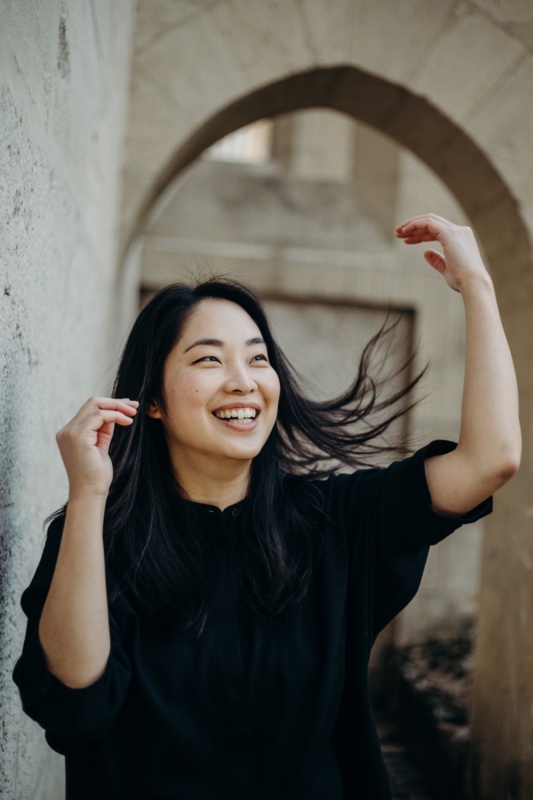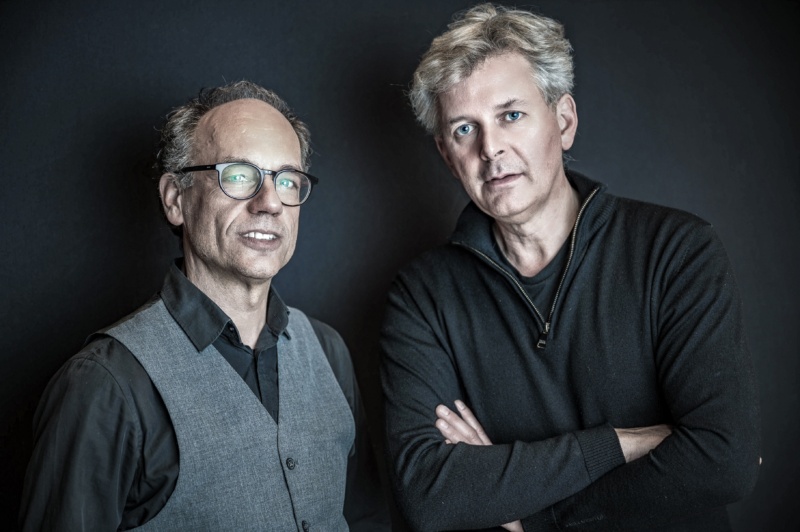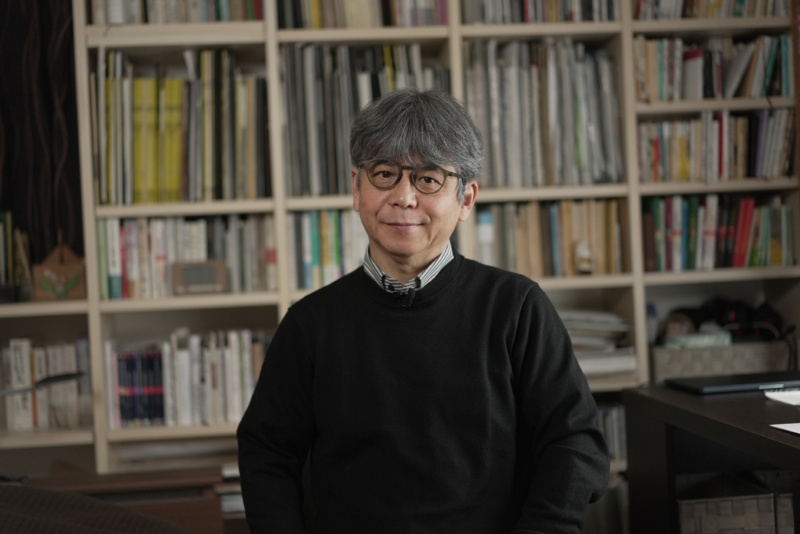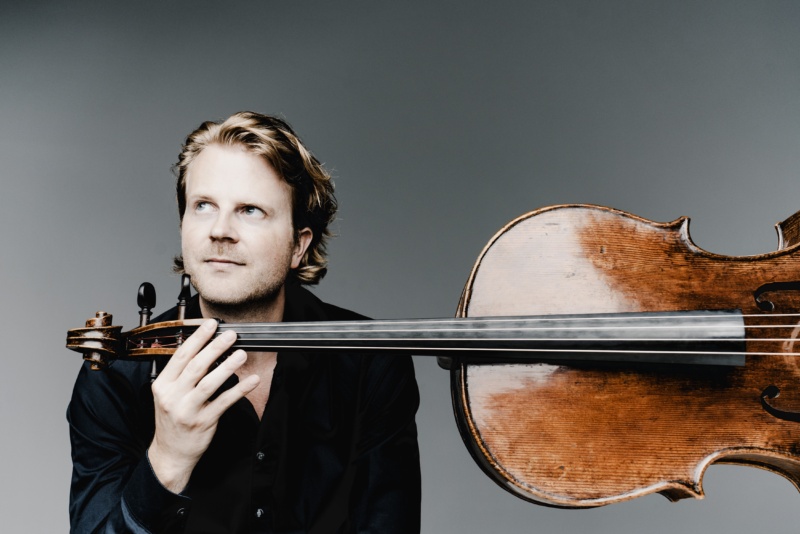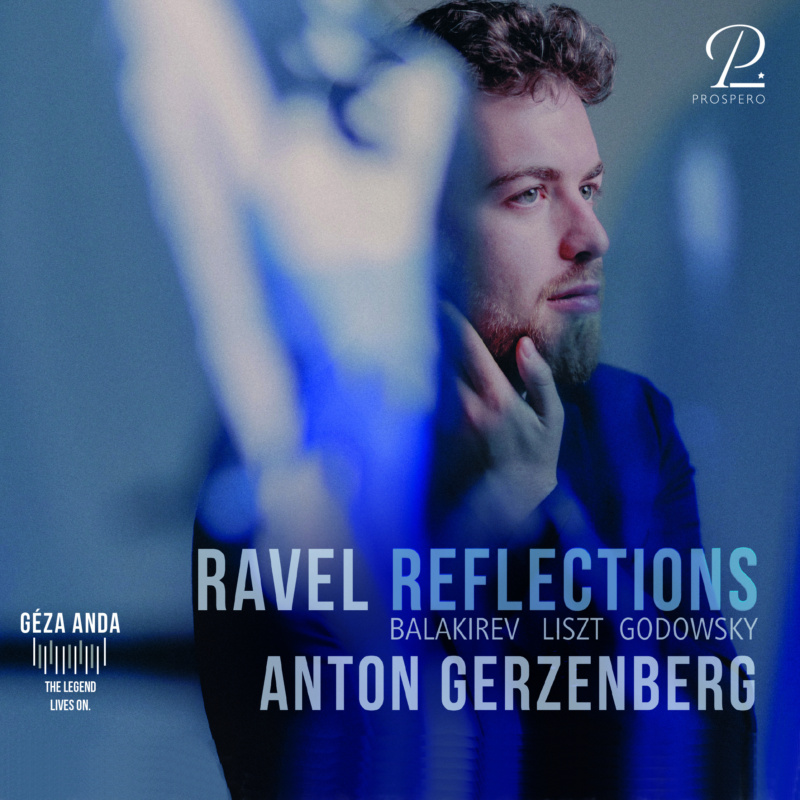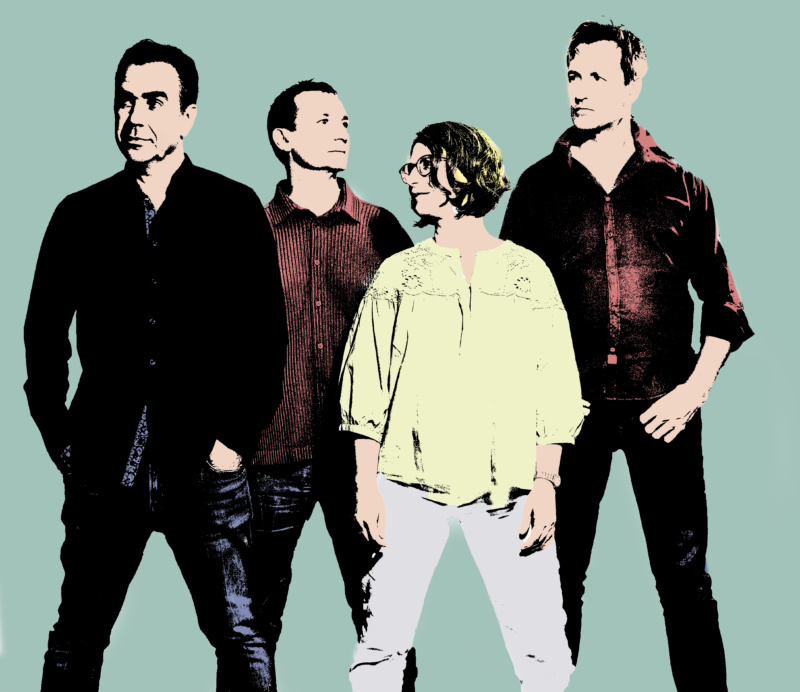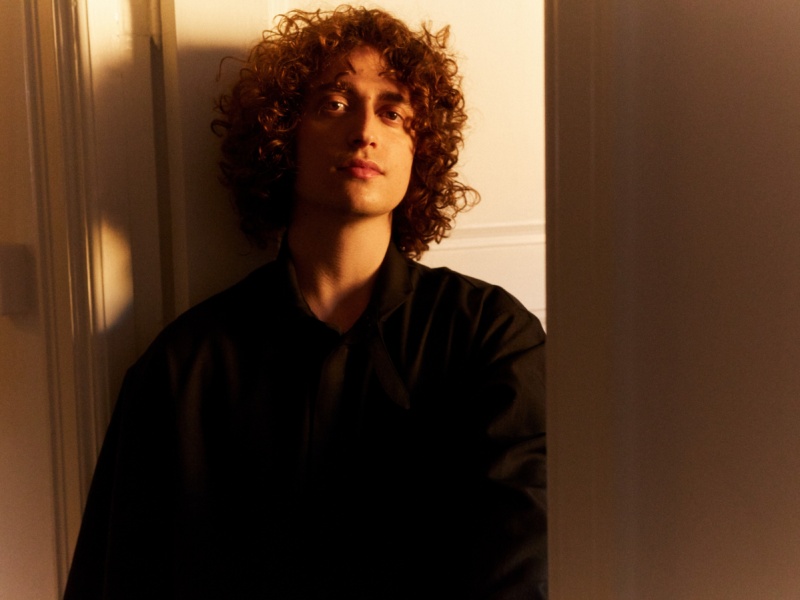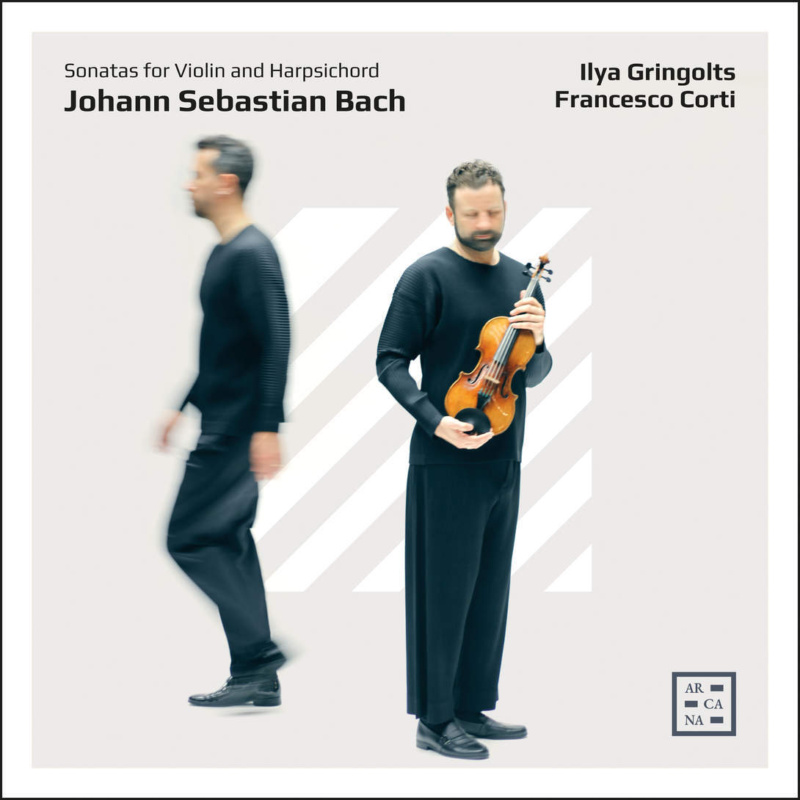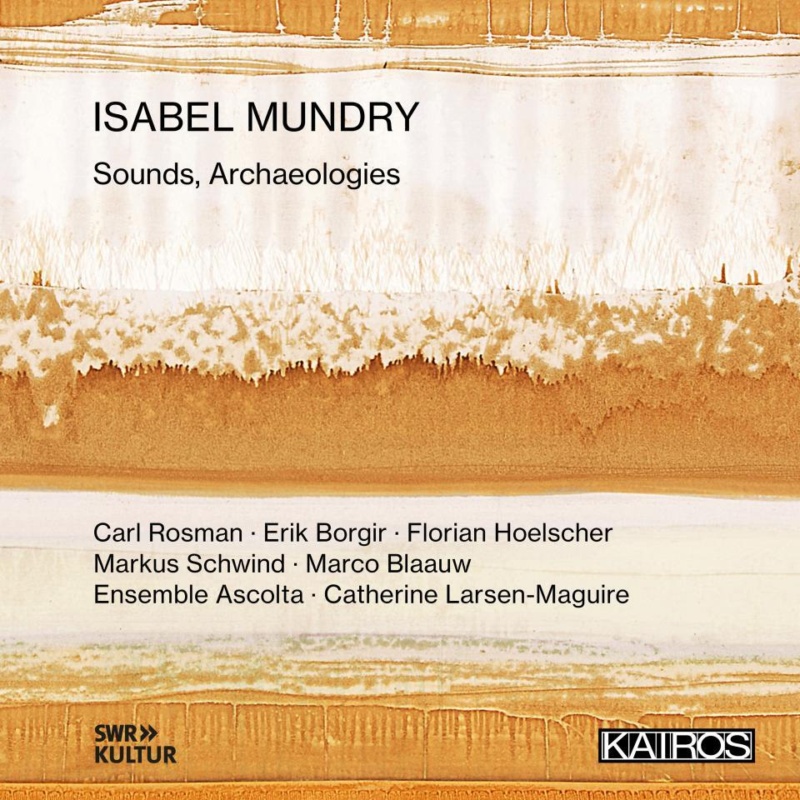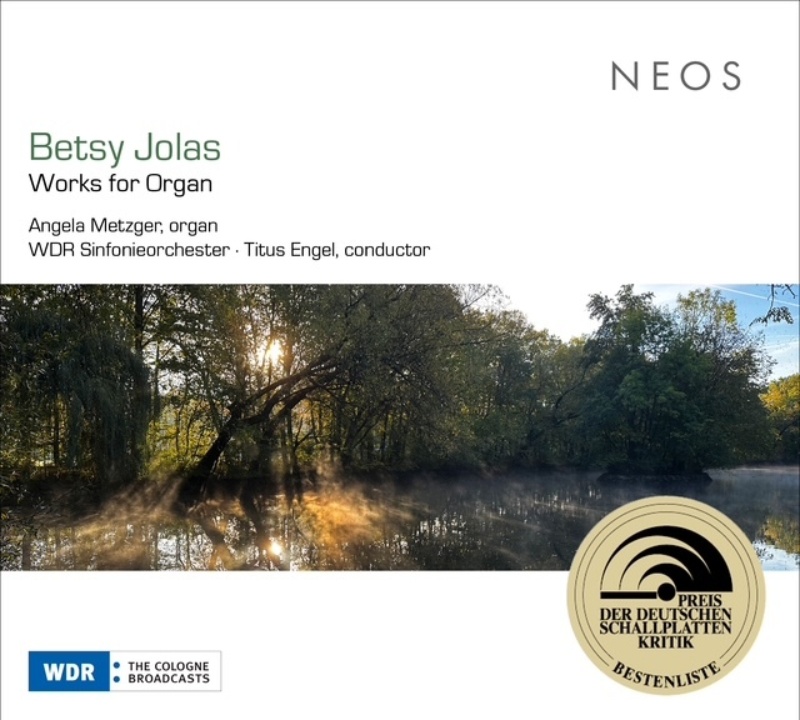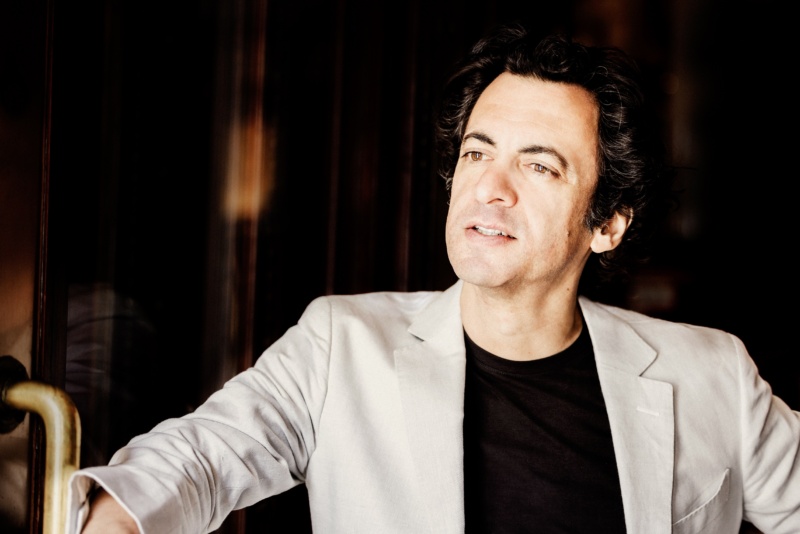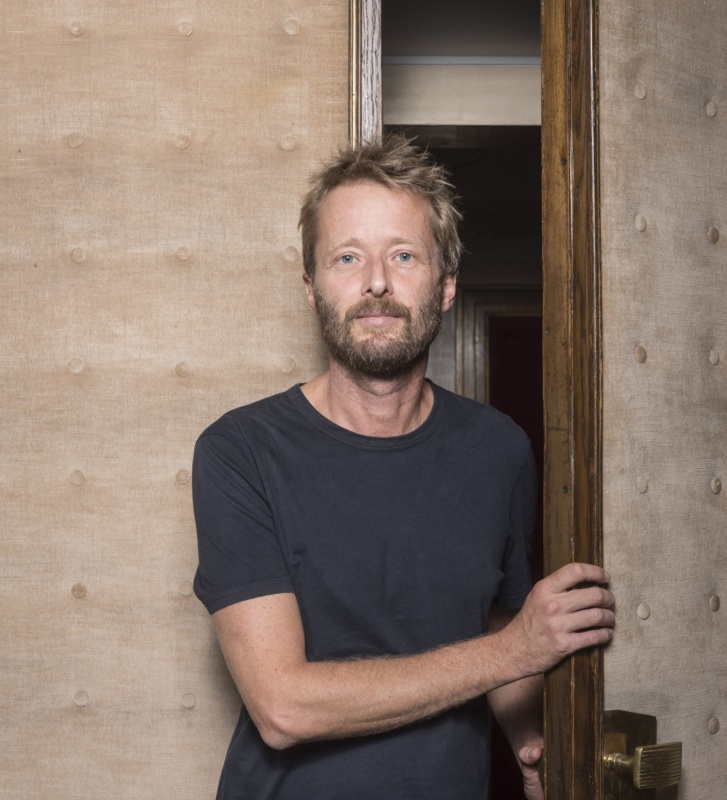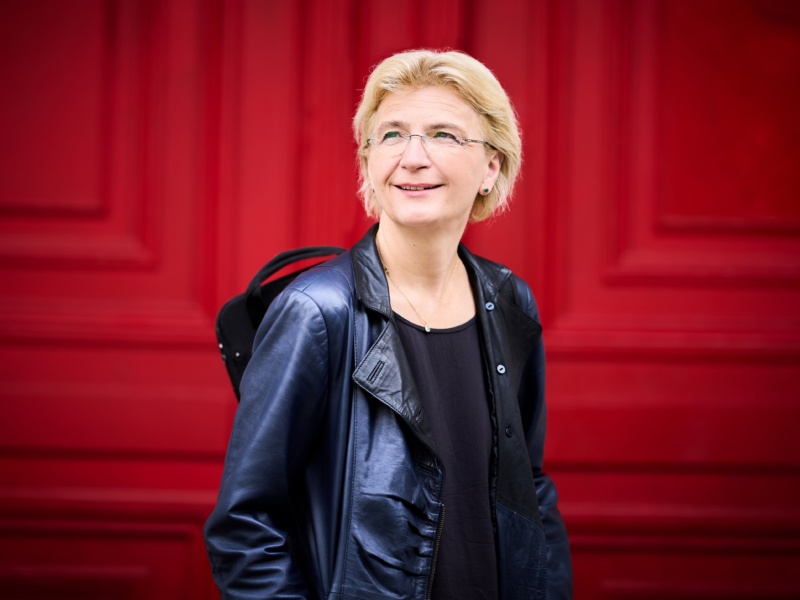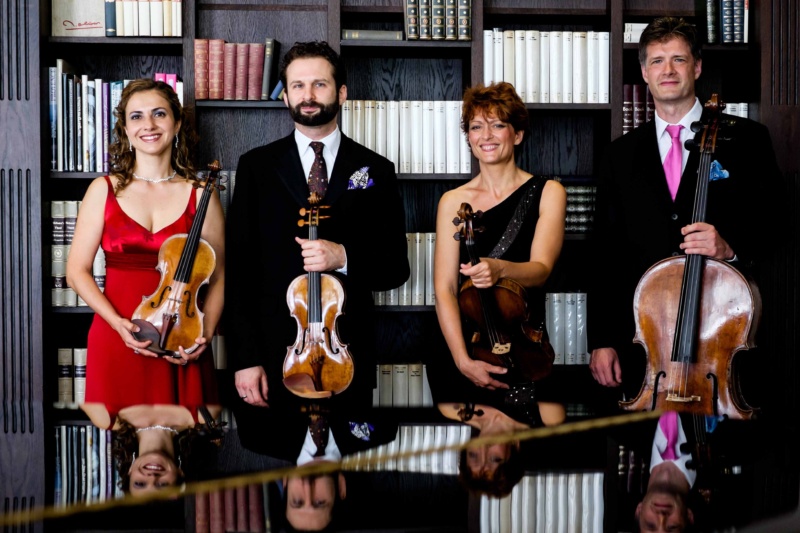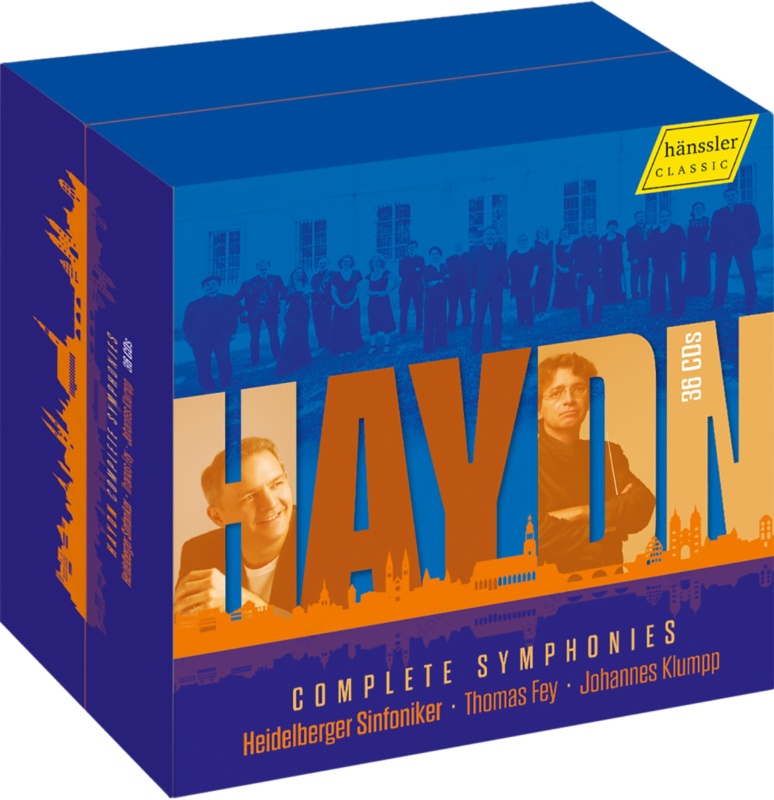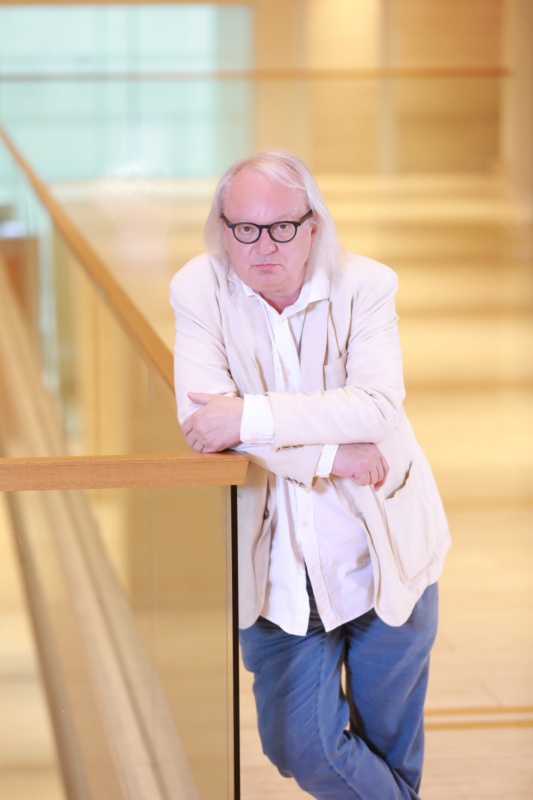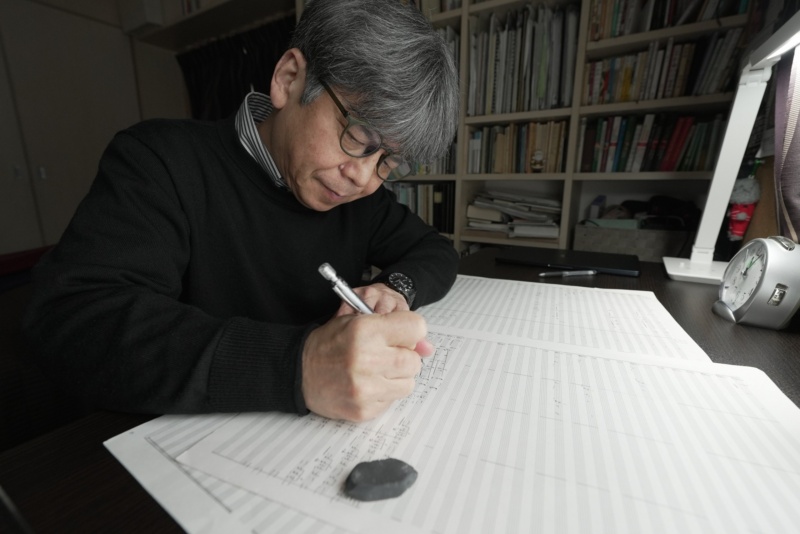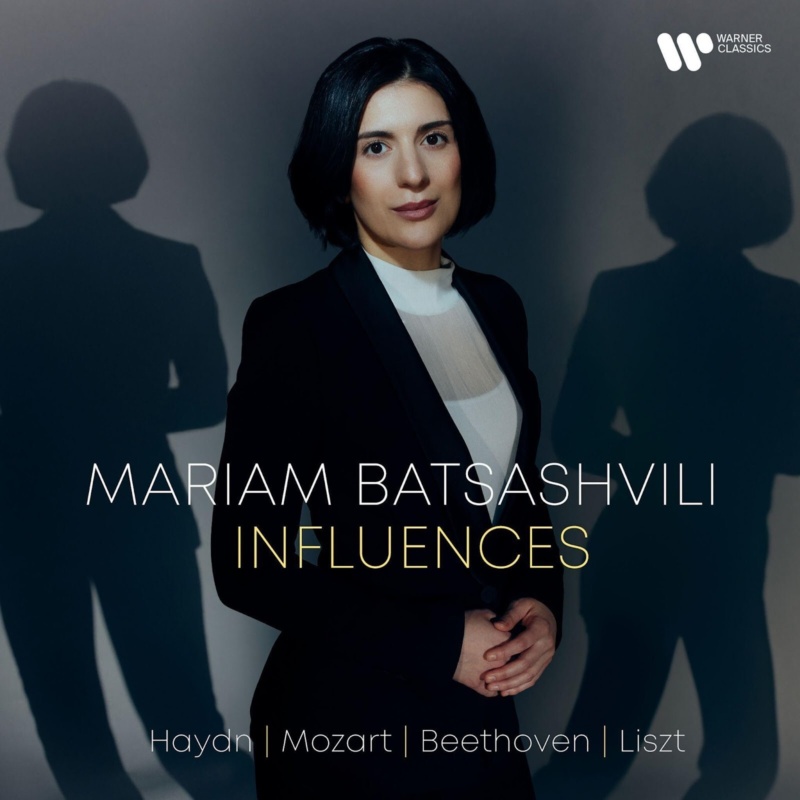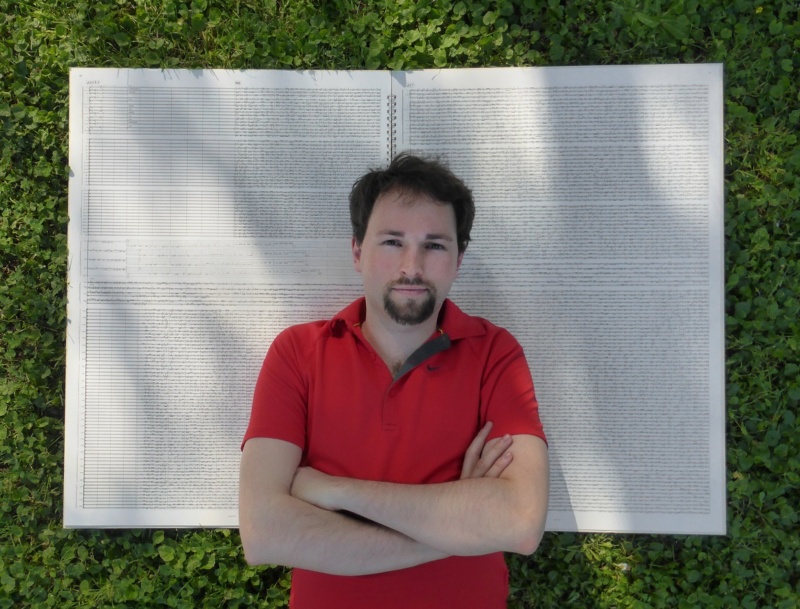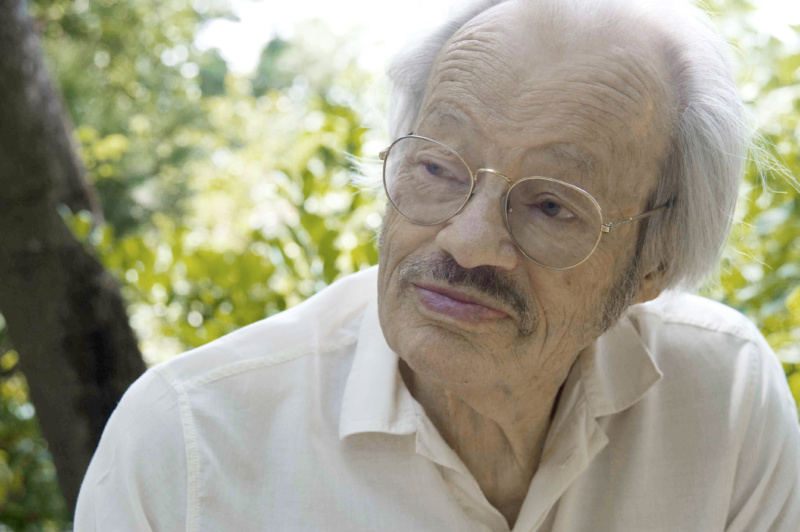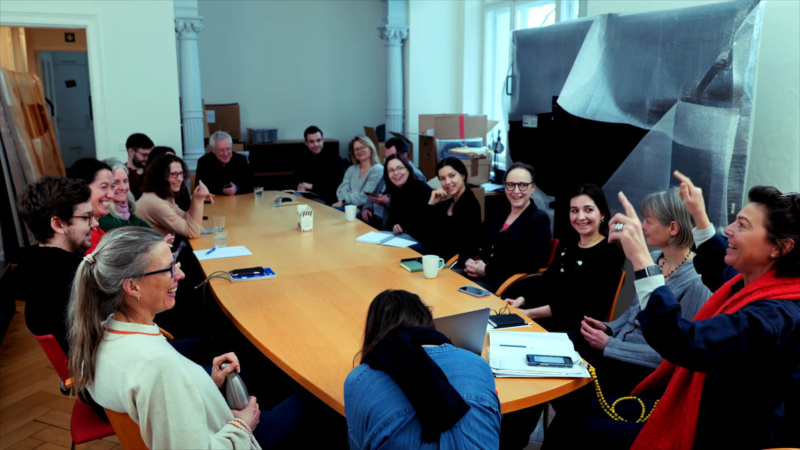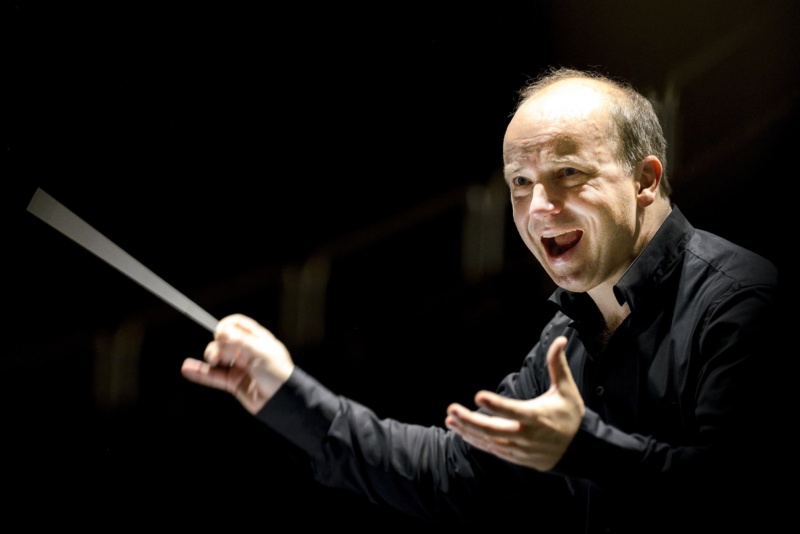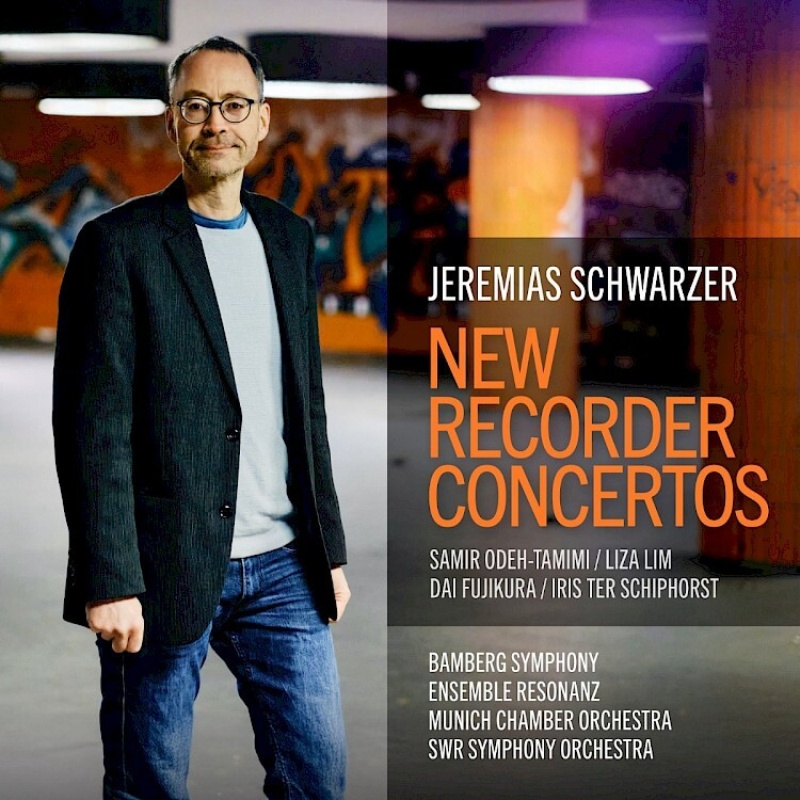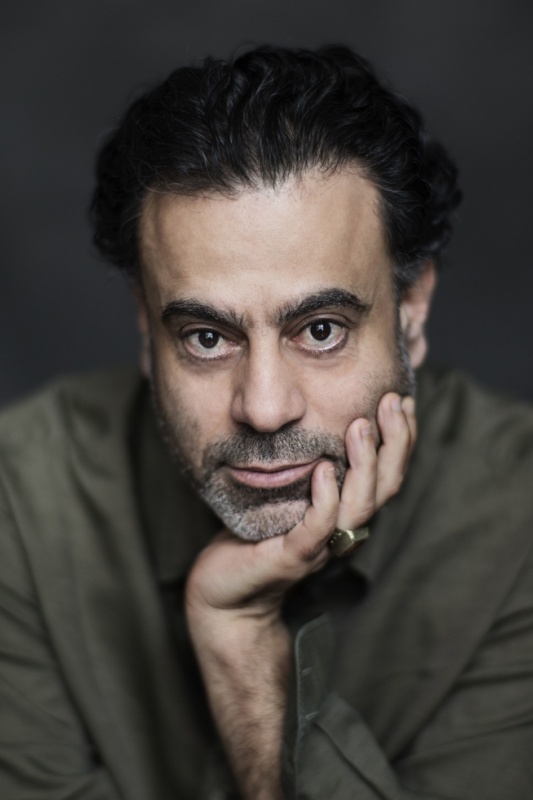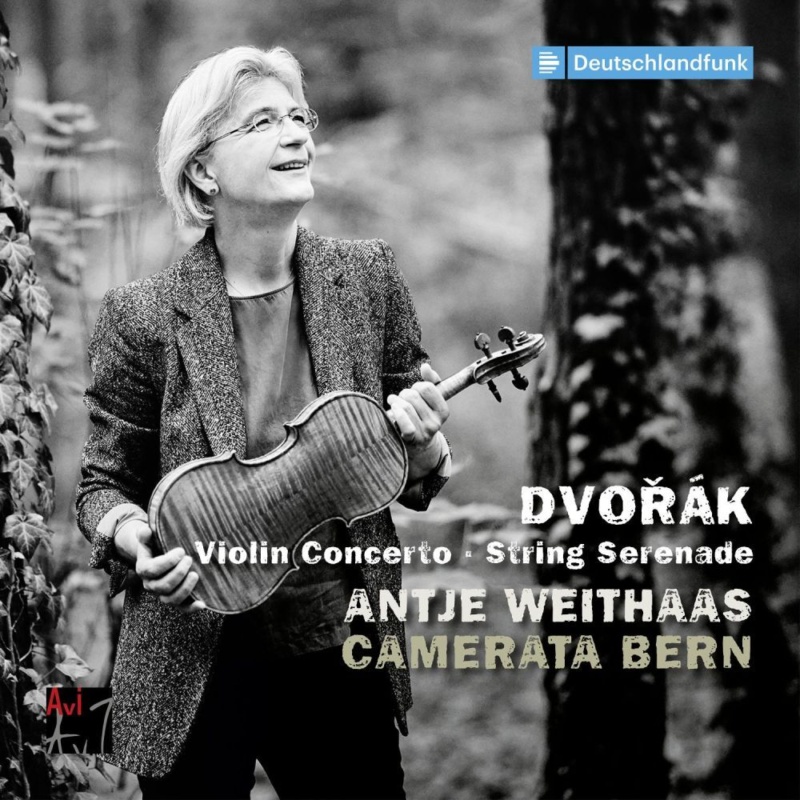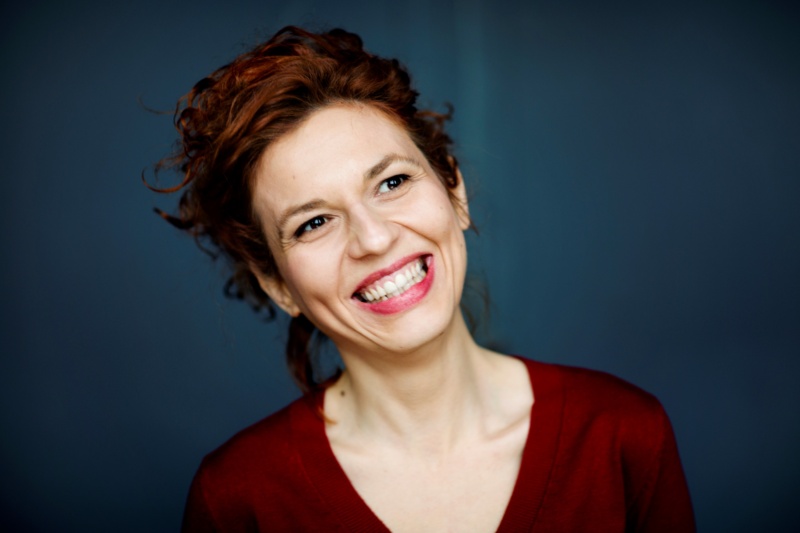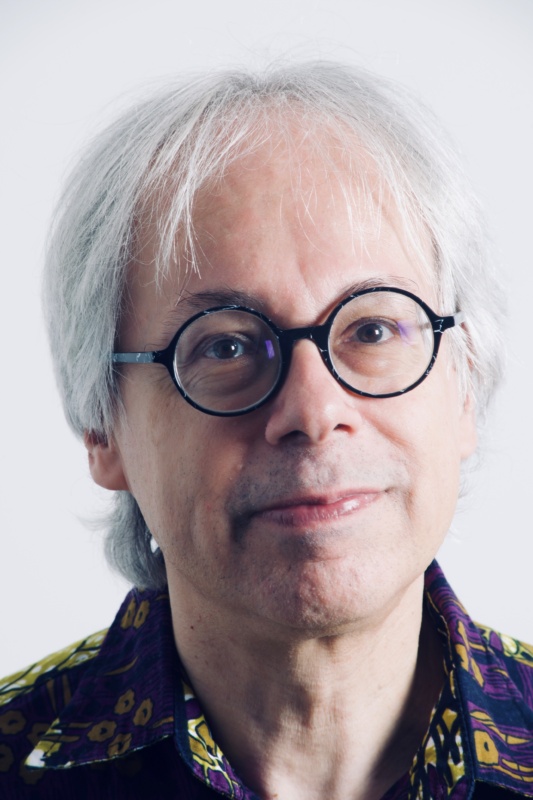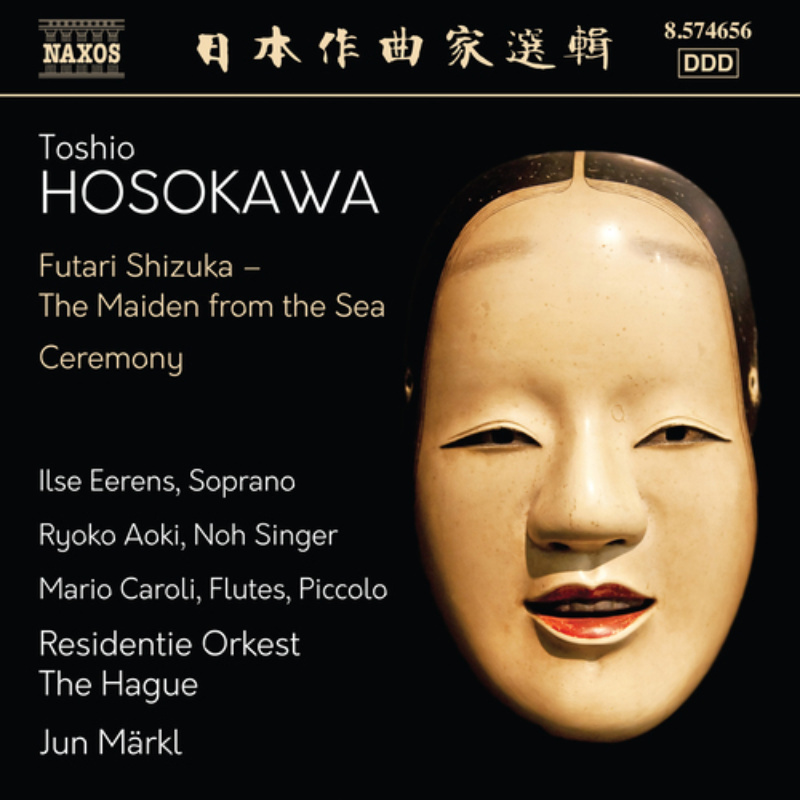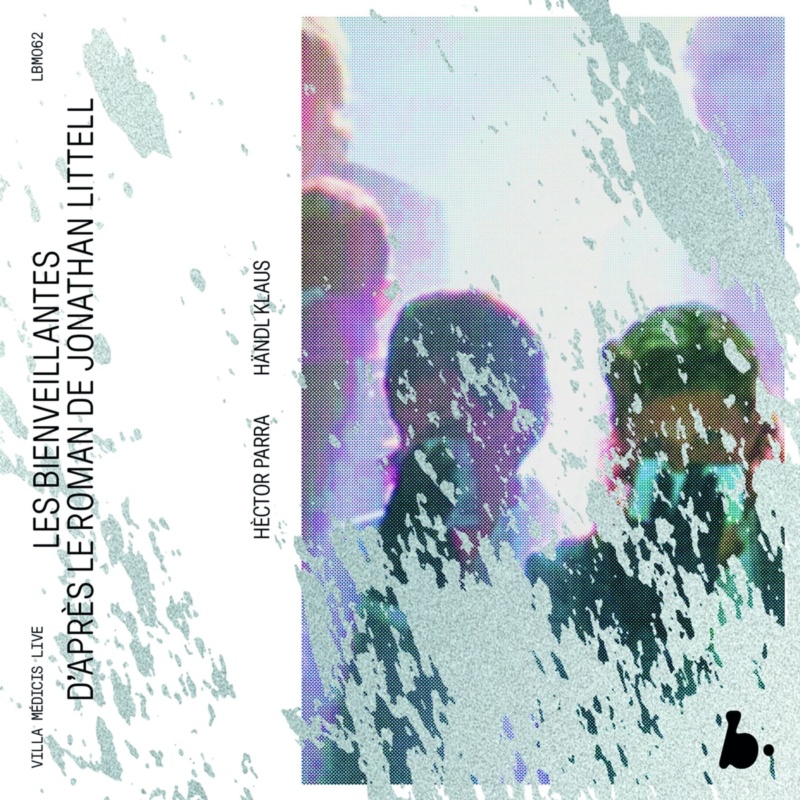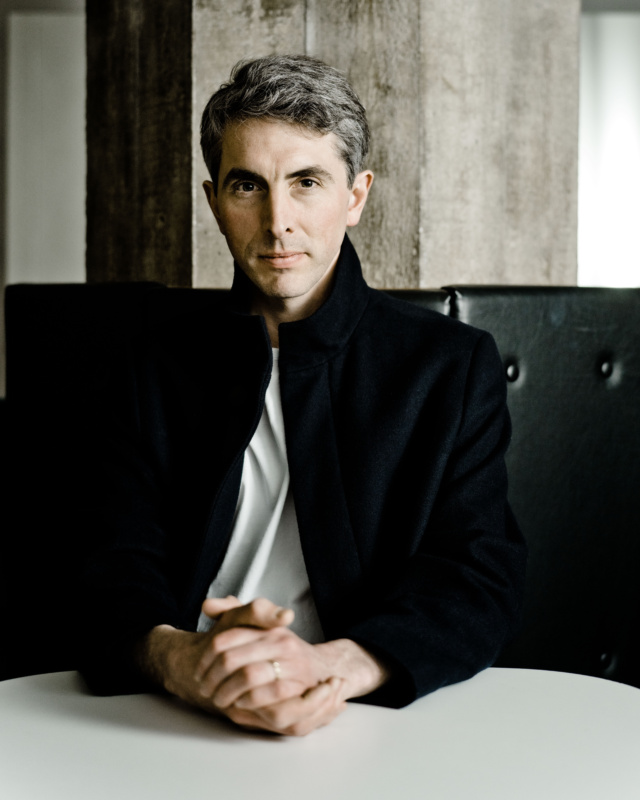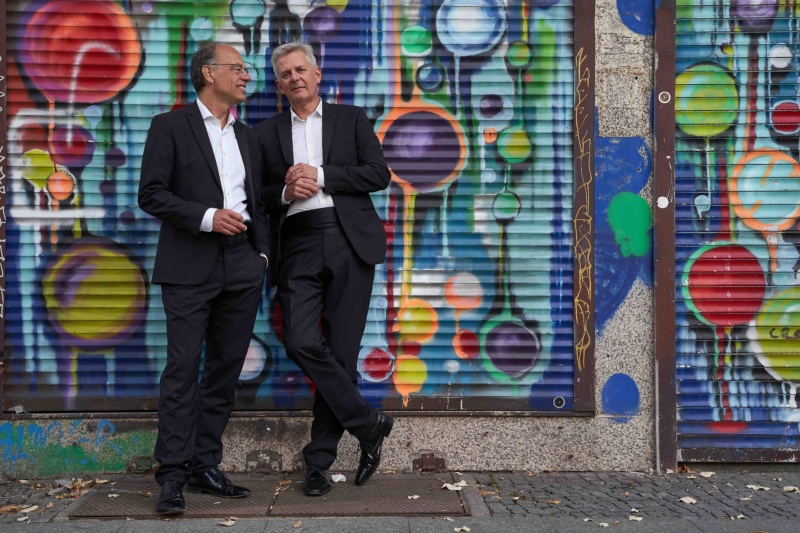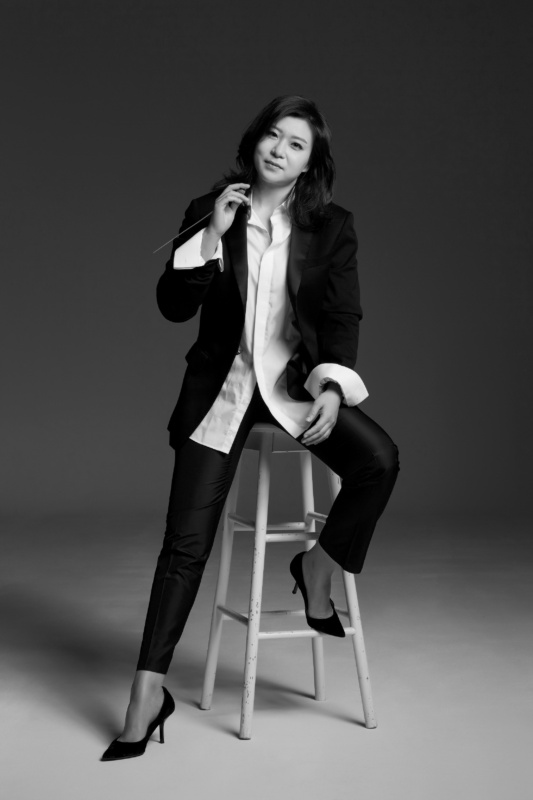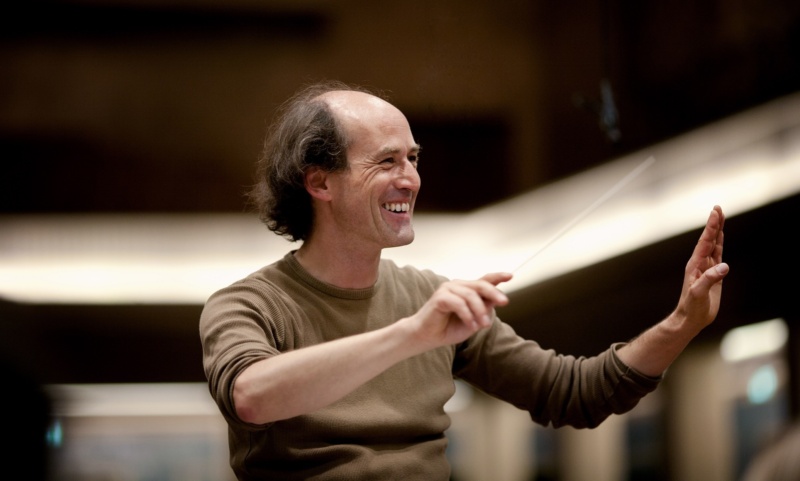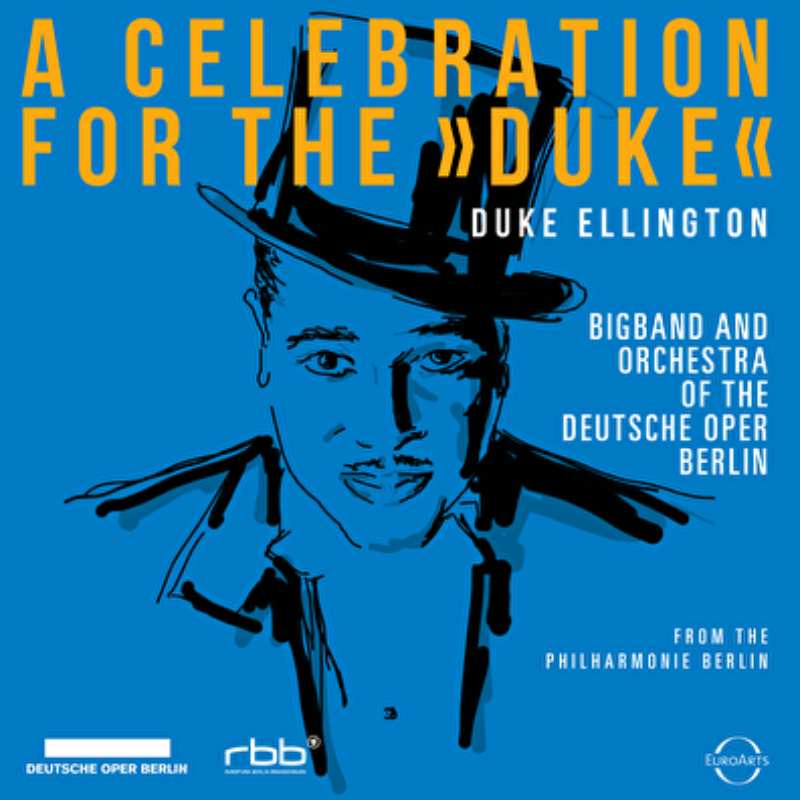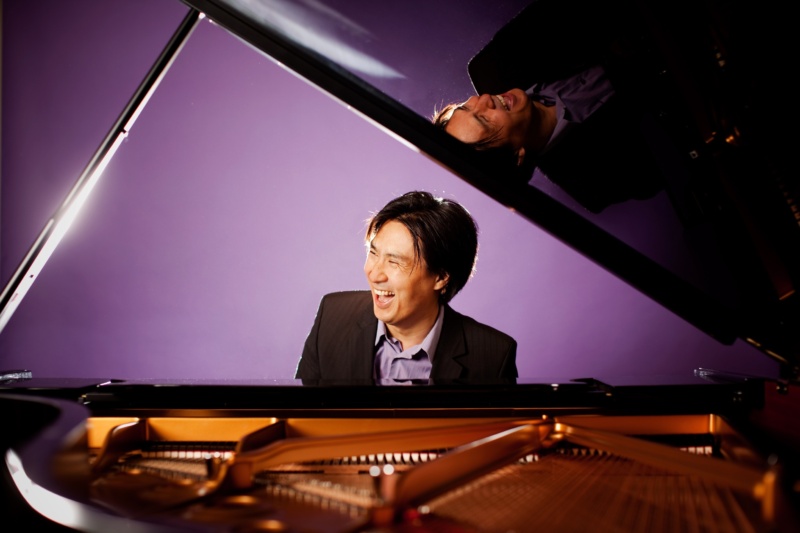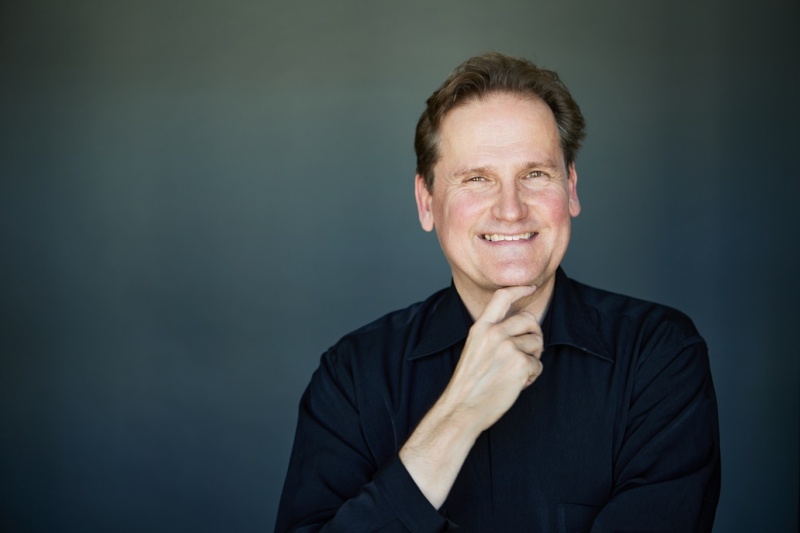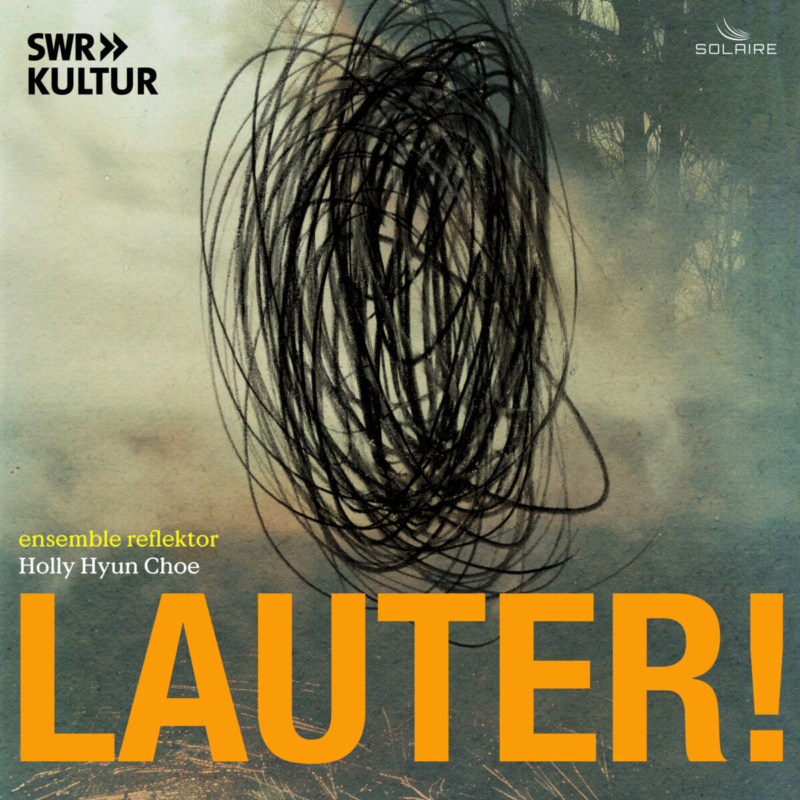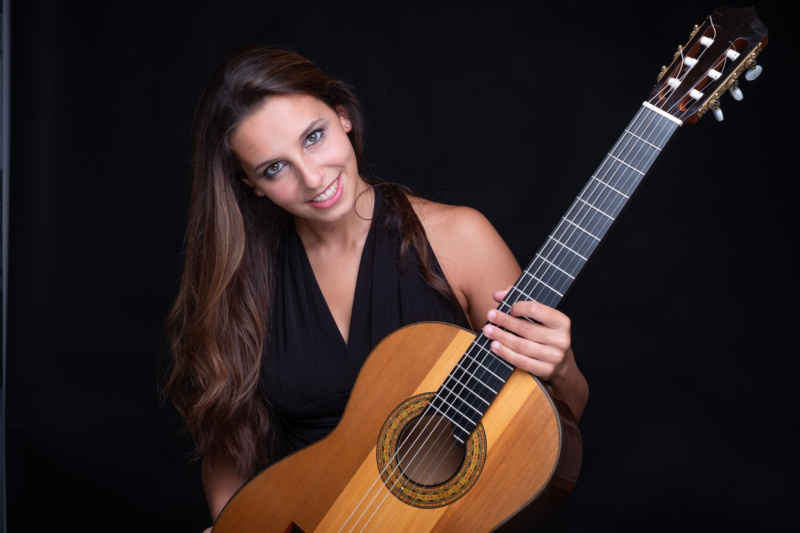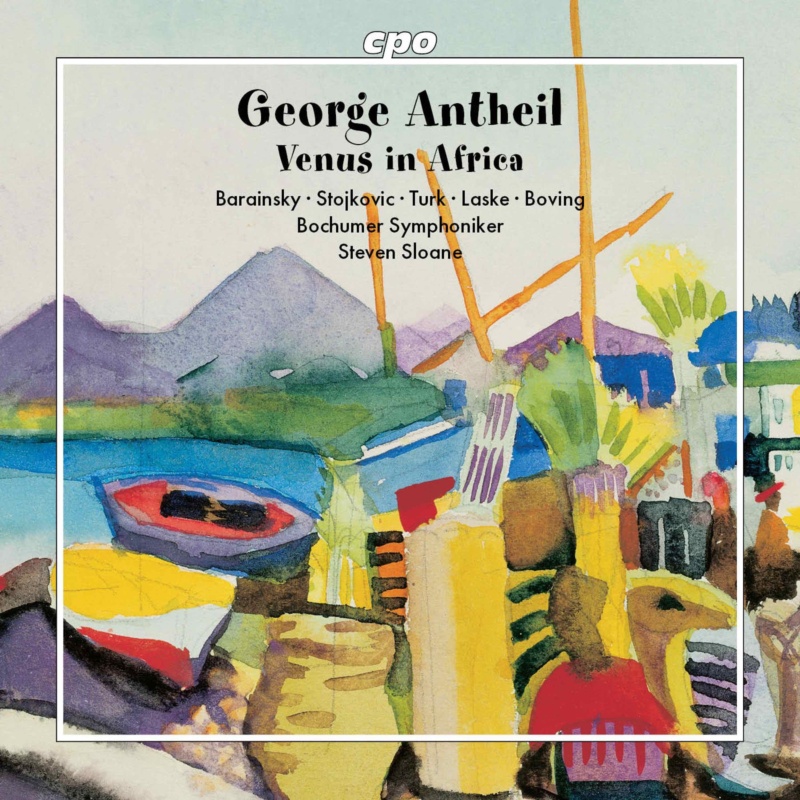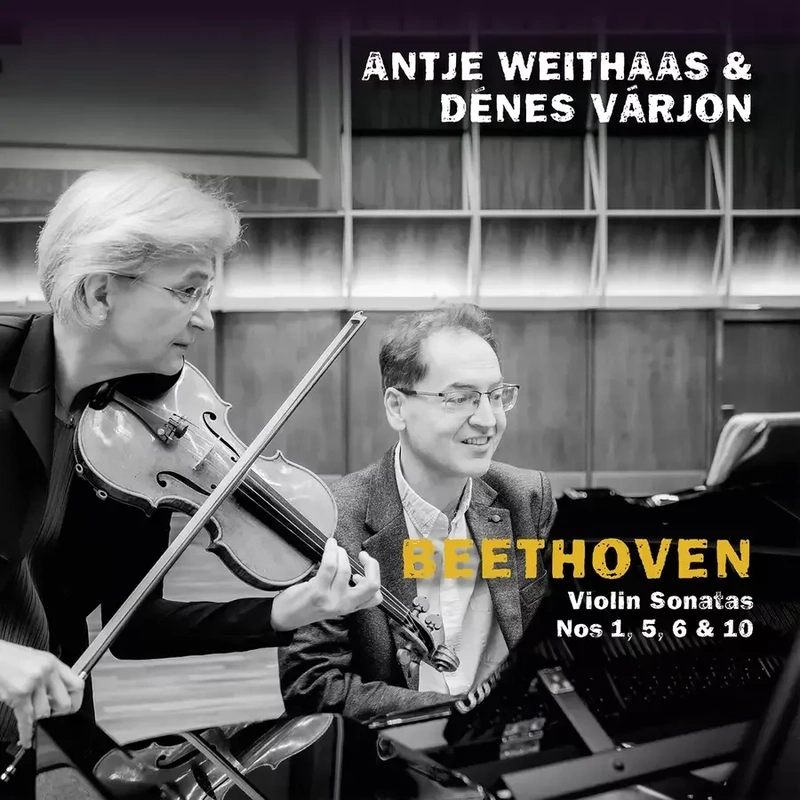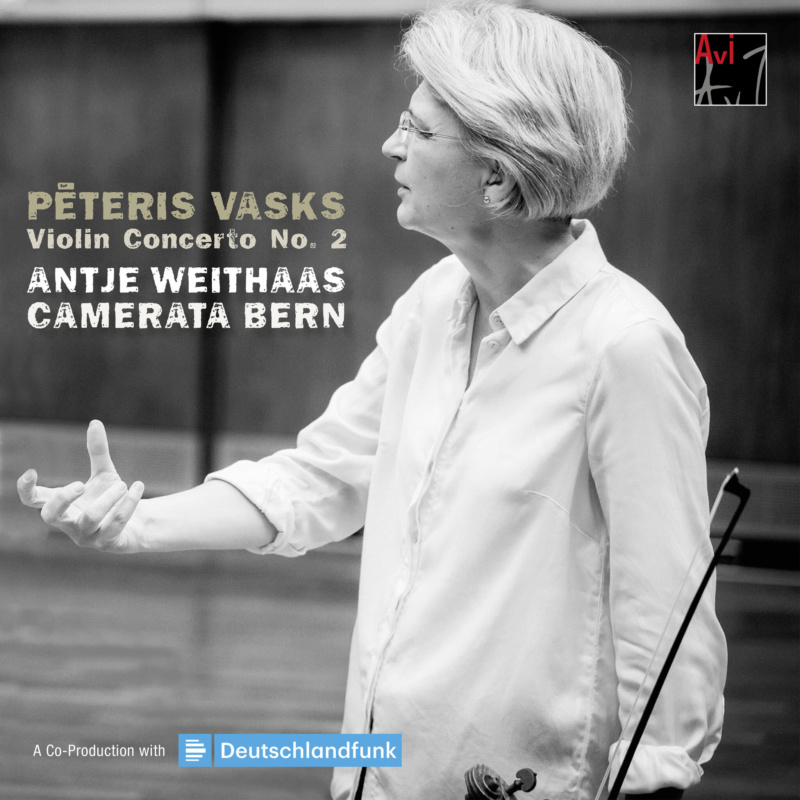The trumpet player Jeroen Berwaerts juggles many balls at once – as a soloist he performs the most virtuosic contemporary trumpet concertos, he is writing a yoga-inspired book on the art of breathing, and develops new and exciting programmes for the recitals he gives with a variety of smaller ensembles. We met Jeroen Berwaerts in summer 2014 at the Bregenz Festival.
KWMM: Jeroen, you have just come out of the dress rehearsal with the Vienna Symphony and Claus Peter Flor. Can you say something about the work you are going to play tonight?
JB: HK Gruber, known to many as Nali, wrote his second trumpet concerto Busking for Håkan Hardenberger, with banjo, accordion and strings. Busking means street music, and accordion and banjo are the poor man’s continuo group, so to speak.
You are only the second trumpeter who has dared to perform the work. What makes it so challenging?
Together with another work by Nali, it is simply the most difficult piece that has ever been written for my instrument, physically speaking. It took me seven months to learn it, and I don’t think many people are willing to make this sacrifice. It is like preparing for Iron Man or a marathon.
In this piece, HK Gruber alludes to a variety of musical genres. Is that something that attracted you to the piece, seeing as you are also at home in different musical worlds?
I do feel a really deep connection to this composer, who is also a conductor and chanson singer. Last night, I heard him performing poetry and chansons. I was very impressed with his ability to captivate his audience as I am a chanson singer myself. When I performed Busking for the first time, I combined it with chansons by Jacques Brel that I sang during the second half of the concert.
… the performance with the Ensemble Resonanz at the Hamburg Music Festival was a great success.
I’ve always been looking for a kind of music that appeals to more than just one audience. This music is more broadly conceived, it has a certain groove to it. HK Gruber is often mentioned in the same breath as Kurt Weill, and indeed both do share a certain freedom of thought. Nonetheless, he speaks a language of his own, one which also differs from established contemporary music.
How did you find your way into music, and when did you come across the different styles that characterise your work today?
I played in brass bands as a teenager. These ensembles hail from England where they were founded by miners. I was also in different funk and pop bands. I had not listened to any real classical music before I was 18. When I began studying the trumpet at the conservatory in Belgium, I also enrolled in jazz singing. Then I decided to concentrate on the trumpet and went to Karlsruhe in Germany where I studied with Reinhold Friedrich. I was very lucky to meet him since he has a very broad outlook. He plays baroque trumpet, contemporary music, in orchestras – he does everything and passed that on to his students.
And when did jazz re-enter into your life?
Later in Vienna, I started a Chet Baker revival band with some people I met there, and then, step by step, I played more and more jazz. Nowadays, there is rarely a trumpet recital where I don’t also sing. This is a wonderful opportunity to develop incredibly varied programmes that speak to a wider audience. When I give a recital that includes songs by Chet Baker and Jacques Brel, there are always many people who wouldn’t attend otherwise. And they get to hear Ligeti and Hindemith and Enescu as well as Telemann and Handel – music which they might not have listened to as much.
You are also working on a book about yoga for wind players. Can you tell us about that?
It’s called The Art of Breathing. I’ve taken yoga lessons for a long time now. It helps me to focus, and I’ve not been nervous onstage for quite a while. For the book, we comprised a variety of exercises to cultivate breathing awareness. The trumpet is a wind instrument, so the air is central. If it flows freely, then the sound of the trumpet does too. That gives you a lot of strength and allows you to take on demanding pieces like Busking.
So, does practice come down to discipline?
Well, practice is more than music. It may also involve physical training, breathing exercises or meditation. But right now I try to get away from the notion that discipline is everything. In the end, strength also requires relaxation. Compare it to interval training in sports, for instance. Until last season, besides all these solo concerts, I also played in the NDR Symphony Orchestra and taught as a professor in Hanover. Now, I have left the orchestra in order to focus on my solo career. That has been a very important step for me.
You returned to the NDR Symphony Orchestra as the soloist in Toshio Hosokawa’s new trumpet concerto, a piece for which you also gave the world premiere in Tokyo and that you have just performed with the NHK Symphony Orchestra.
To me this is really one of the best contemporary trumpet concertos, together with HK Gruber’s works. It is just so beautiful and intimate. It is based on a poem by Hermann Hesse, Im Nebel. The solo trumpet represents a person who is walking through the woods – the orchestra –, and sometimes you hear me, sometimes you don’t. A few weeks before the world premiere, I was in Takefu where Toshio’s festival takes place. One month earlier, I had just performed a piece by Peter Eötvös, Jetstream. It contains a cadenza for which I tried different techniques, such as removing the mouth piece and singing right into the trumpet. I liked this effect because it is a bridge between playing and singing, the difference seems to disappear. I showed that to Toshio, and he used it in his work to create some terrific and very moving moments.
Of course, you have also immersed yourself in the classical trumpet repertoire. How important is that for you?
My task, as I see it, is to try to understand the language of the composer and, as a kind of medium, communicate it to the audience. That’s why I’m also interested in the Baroque trumpet, for instance. But I’m touring with so many demanding pieces right now – Hosokawa, Gruber, Shostakovich, Zimmermann –, you have to pace yourself physically and mentally in order to handle this. Playing these works has really become my thing, my language. With regard to new works for trumpet, we all have Håkan Hardenberger to thank, and also Reinhold Friedrich who had many great works written for him. Of course, I enjoy playing world premieres but I also want to perform all these great works – by Gruber, Ligeti, Birtwistle and Rihm – that already exist. It would be a crime to let this magnificent repertoire fall silent.
Nina Rohlfs 08/2014 | Translation: Christoph Dennerlein
